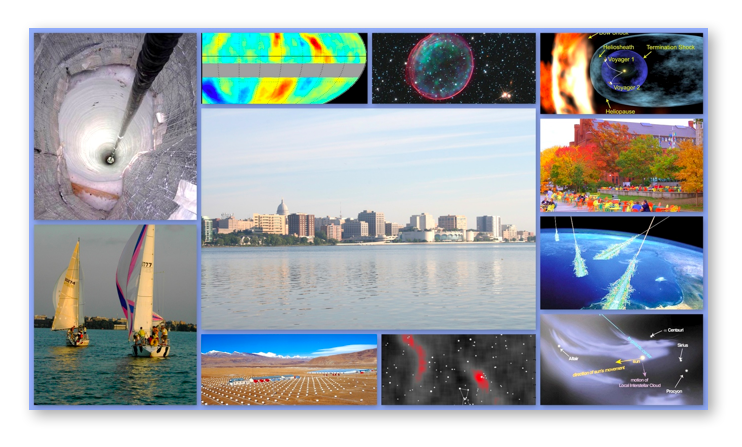The EAS-TOP Extensive Air Shower array was located at Campo Imperatore (2005 m a.s.l., latitude 42◦27N, longitude 13◦34E, INFN Gran Sasso National Laboratory). It took cosmic ray data in the energy range 10^13 eV-10^16 eV from the end of 1980s up to 2000. A first data-set (including 4 years of data) was exploited for the measurement of the cosmic ray anisotropy at E≈10^14 eV (Ap. J. 470, 1996, 501). At this energy, the EAS-TOP results demonstrated that the main features of the anisotropy (i.e., of cosmic-ray propagation) are similar to those measured at lower energies (10^11–10^14 eV), both with respect to amplitude ((3–6) ~ 10^−4) and phase ((0–4) hr local sidereal time (LST)). Thanks to the final data-set (spanning over 8 years) the EAS-TOP measurement could be extended to higher energy, about 4x10^14 eV. The observed anisotropy shows an amplitude larger than at 10^14 eV and a different phase (ApjL 692, 2009, 130). Different checks of stability of the detector and consistency of the data are presented. The significance of the observation for the understanding of cosmic-ray propagation is discussed.
